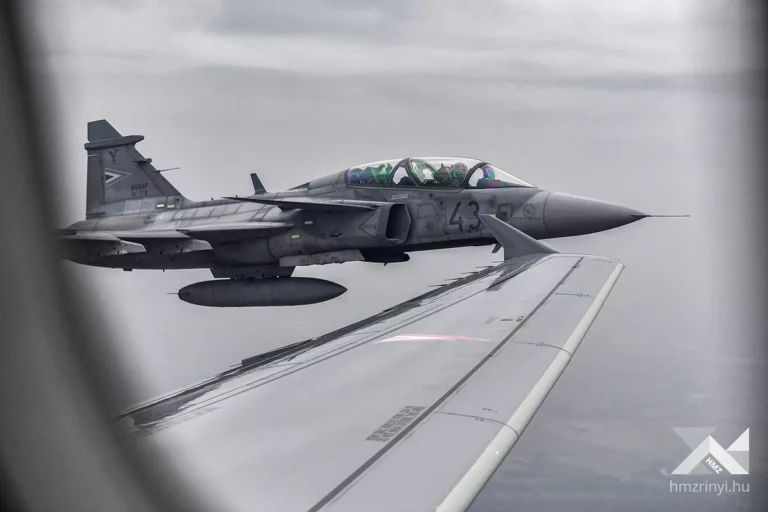air
War breaking out between Romanian airlines and Hungarian WizzAir?

Unidentified aircraft detected at Hungary’s Eastern border again – fighters alerted

Wizz Air announced new destinations for the summer: Ukraine is among them! – UPDATED

Hungarian Gripens scrambled because of bomb threat on Serbian aircraft!

Russian plane that landed in Hungary despite EU ban delivered nuclear fuel!

Russian aircraft landed at Hungarian military airport despite closed airspace!

Wizz Air’s extraordinary announcement – these flights will be cancelled for months

Check out the plans for Terminal 1 of Budapest Airport!

The Russian-Ukrainian war is taking its toll on Hungarian tourism

Opposition confronts Orbán about drone in Hungarian airspace

Hungarian Gripens investigate suspicious radar contacts

Hungarian Wizz Air to evacuate employees stuck in war-struck Ukraine

Rolls Royce: Hungarian engineers’ unique development – VIDEO

Jet2 relaunches three UK-Budapest flights in February!
The good news is that more and more airlines are announcing plans to resume flights to the Hungarian capital. From...
Four major European low-cost airlines protest against EU climate package

This is why a Ukrainian helicopter violated Hungarian airspace – VIDEO

The last air crash at Budapest airport — VIDEO, PHOTO GALLERY






